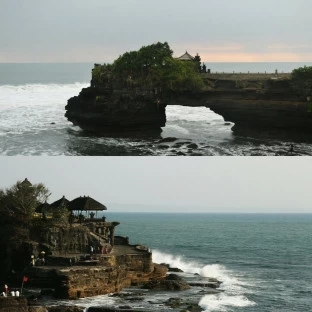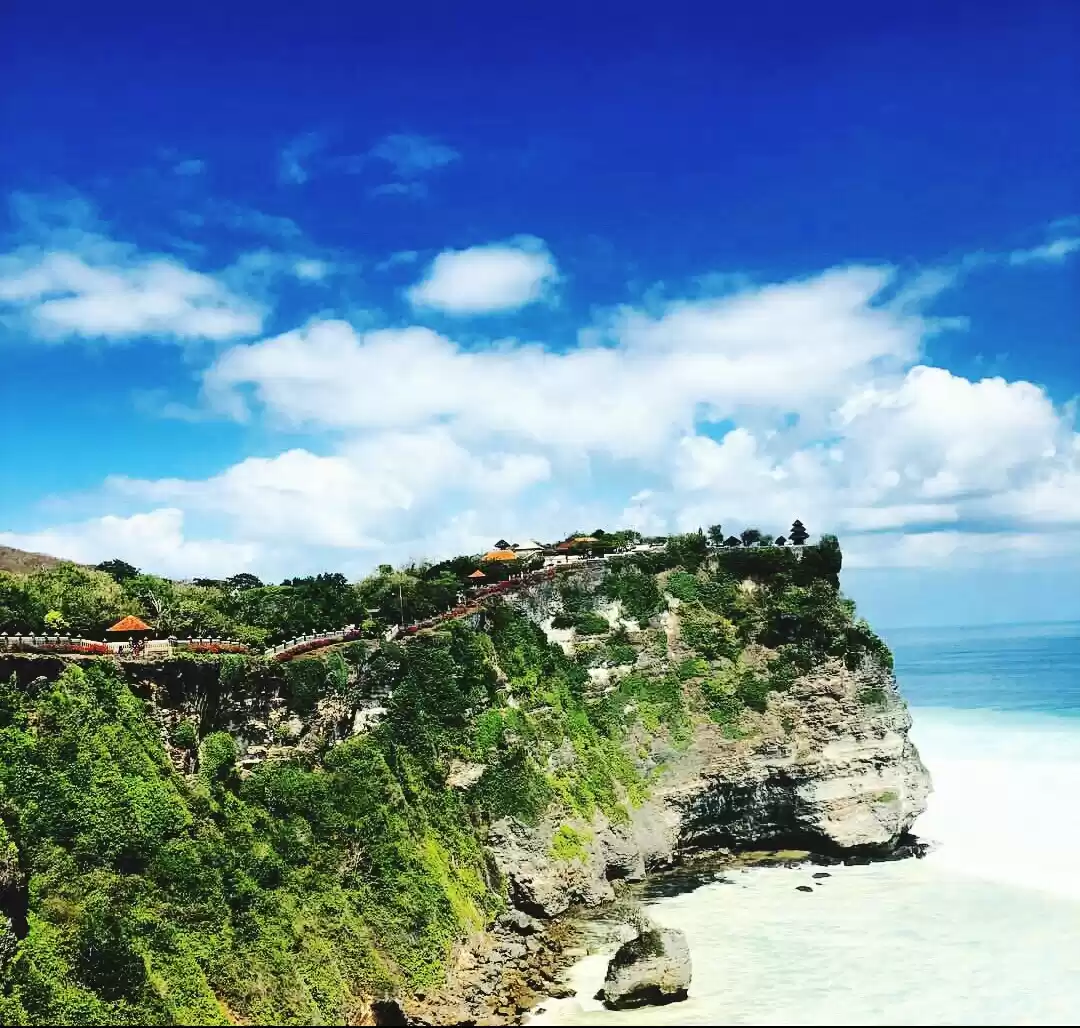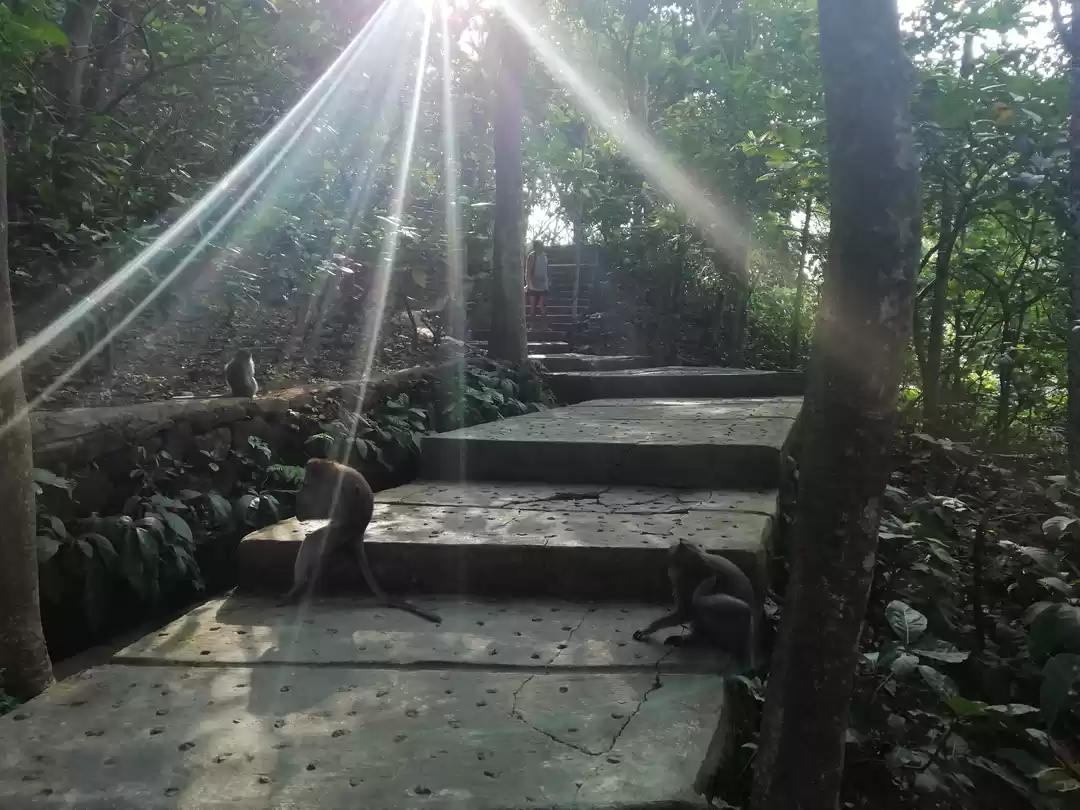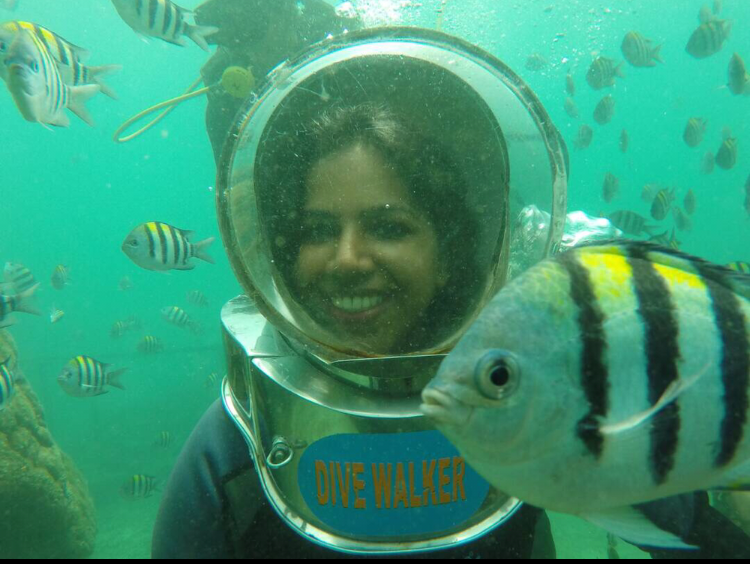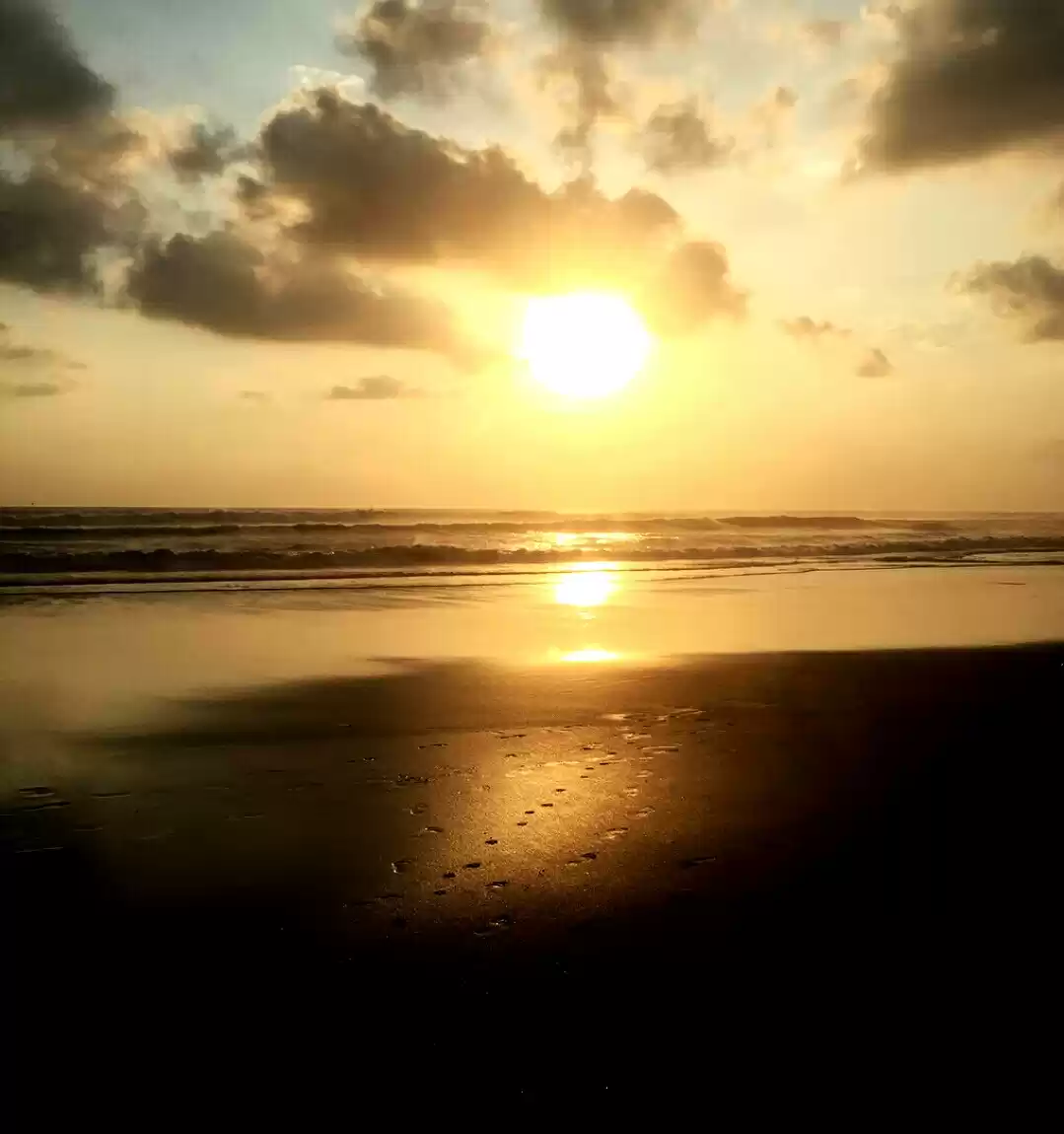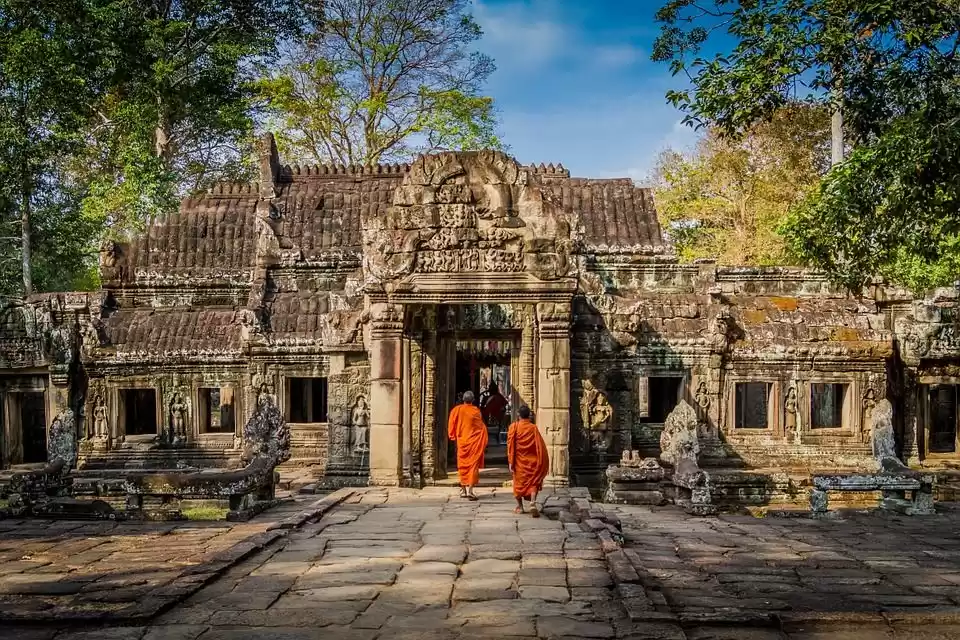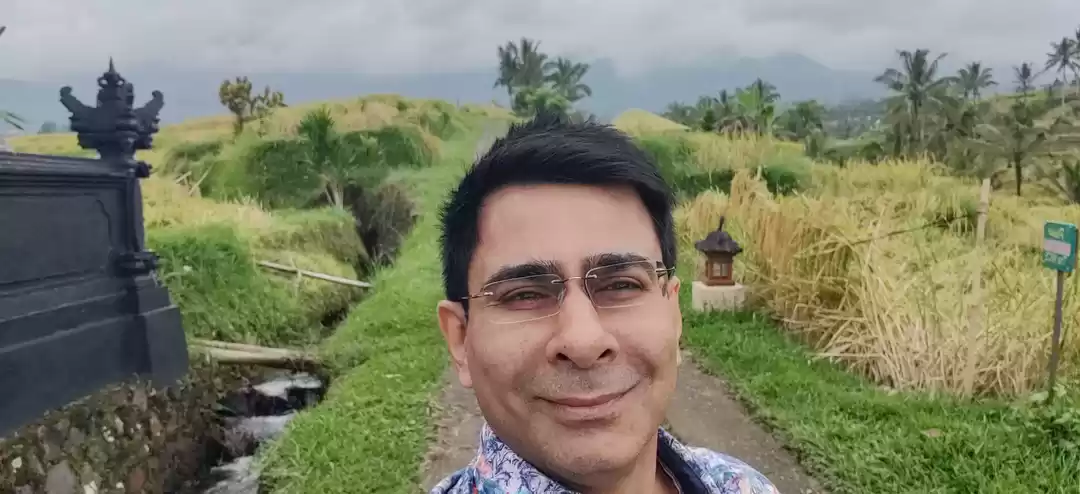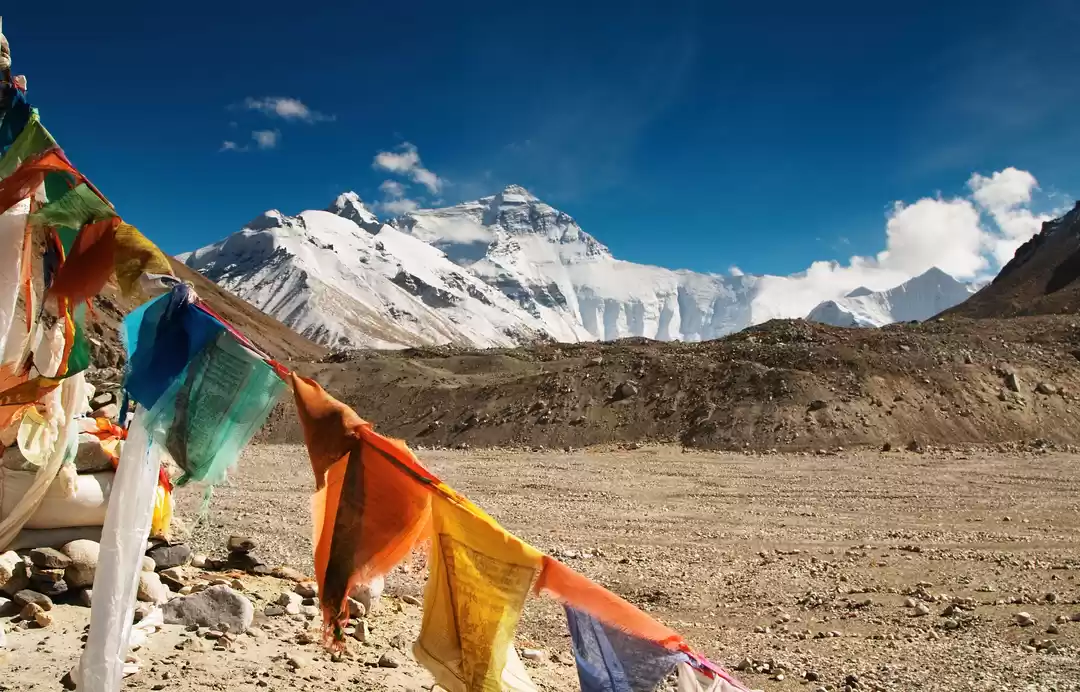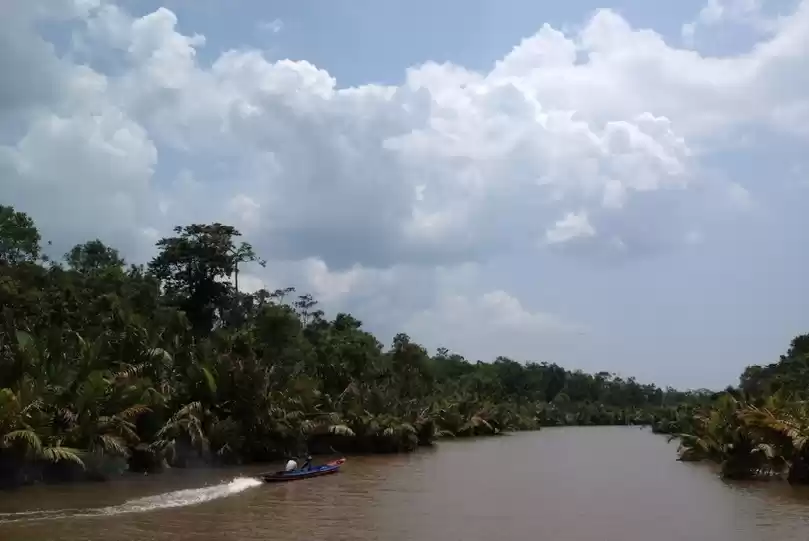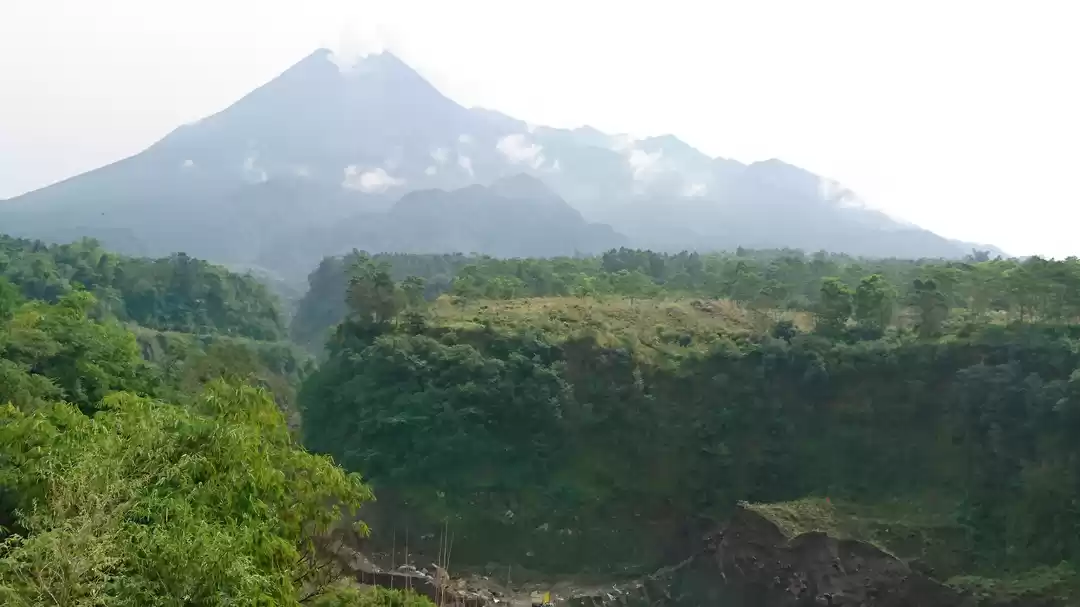If you are looking for a unique and enriching travel experience in Indonesia, you should not miss the opportunity to visit Keraton Kasepuhan, the oldest and largest palace in the city of Cirebon. This palace is not only a stunning example of Indonesian architecture, but also a living museum that showcases the rich and diverse heritage of the Cirebon kingdom.
In this article, you will learn everything you need to know about Keraton Kasepuhan, from its history and significance, to its attractions and activities, to its location and accessibility. Whether you are a history buff, a culture lover, or a curious explorer, you will find something to enjoy and appreciate in this palace.
The History and Significance of Keraton Kasepuhan
Keraton Kasepuhan, which means “the palace of the elders”, was built in 1447 by Sunan Gunung Jati, the founder and the first sultan of the Cirebon kingdom. The palace was originally a Hindu temple, but it was converted into an Islamic palace after Sunan Gunung Jati embraced Islam.

The palace became the seat of power and the center of culture and religion for the Cirebon kingdom, which was one of the most influential and prosperous kingdoms in Java. The palace witnessed many historical events and changes, such as the arrival of the Portuguese, the Dutch, and the Japanese, the division of the Cirebon kingdom into four sultanates, and the integration of the Cirebon sultanates into the Republic of Indonesia.
Today, the palace is still the residence of the sultan and his family, as well as a cultural and historical attraction that attracts thousands of visitors every year.
The Architecture of Keraton Kasepuhan
One of the most fascinating aspects of Keraton Kasepuhan is its unique and diverse architectural style, which reflects the influence of different cultures and religions that shaped the Cirebon kingdom. The palace combines elements of Hindu, Buddhist, Islamic, Chinese, and European architecture, creating a harmonious and elegant blend of aesthetics and symbolism. Some of the most notable and impressive features of the palace are:

The Pendopo Agung, the main hall, where the sultan and his guests would hold ceremonies and receptions. The hall is decorated with intricate carvings, paintings, and calligraphy, and has a high roof supported by 64 wooden pillars, representing the 64 arts of the Cirebon culture.
The Siti Hinggil, the elevated platform, where the sultan would sit on his throne and address his subjects. The platform is surrounded by a moat and guarded by two white tigers, symbolizing the power and authority of the sultan.
The Prabayaksa, the sacred chamber, where the sultan would pray and meditate. The chamber is adorned with gold and silver ornaments, and contains the relics and the tombs of the sultans and their families.
The Pagongan, the royal carriage, which is a replica of the original carriage that was used by the sultan to travel around the city. The carriage is made of wood and metal, and is decorated with colorful motifs and patterns.
The Museum of Keraton Kasepuhan
Another attraction of Keraton Kasepuhan is the museum, which houses a collection of artifacts, artwork, and royal heirlooms that showcase the rich and diverse cultural and historical heritage of the palace and the Cirebon kingdom. Some of the most valuable and interesting items in the museum are:
The Keris Naga Sasra, the dragon sword, which is a sacred weapon that was used by Sunan Gunung Jati and his descendants. The sword is believed to have magical powers and to protect the palace from evil forces.
The Pusaka Raja, the royal insignia, which consist of a crown, a scepter, a shield, and a spear, that represent the legitimacy and the sovereignty of the sultan. The insignia are displayed only on special occasions, such as the coronation of the sultan or the anniversary of the palace.
The Gamelan Sekati, the musical ensemble, which is a set of traditional instruments that produce melodious and soothing sounds. The ensemble is played only during religious ceremonies, such as the Grebeg Syawal, the annual festival that marks the end of Ramadan.
The Batik Megamendung, the cloud-patterned fabric, which is a distinctive and exquisite textile that originated from Cirebon. The fabric is dyed with natural colors and has motifs of clouds, rain, and lightning, symbolizing the fertility and the prosperity of the land.
The Attractions and Activities of Keraton Kasepuhan
Besides admiring the architecture and the museum of Keraton Kasepuhan, you can also enjoy various attractions and activities in and around the palace, such as:
The Grebeg Syawal, the annual festival, which is held on the 15th day of Syawal, the 10th month of the Islamic calendar. The festival is a celebration of the victory of Islam over the infidels, and features a procession of the sultan and his entourage, accompanied by the gamelan sekati, the pusaka raja, and the pagongan, from the palace to the Grand Mosque of Cirebon. The festival also includes a ritual of distributing rice cones and other food to the people, as a symbol of gratitude and generosity.
The Wayang Kulit, the shadow puppet show, which is a traditional form of storytelling that uses leather puppets and a screen illuminated by a lamp. The show depicts stories from the Hindu epics, such as the Ramayana and the Mahabharata, as well as local legends and folklore. The show is accompanied by the gamelan music and the narration of the puppeteer, who also provides humor and commentary on current issues.
The Silat, the martial art demonstration, which is a display of the skills and the techniques of the Cirebonese warriors, who were renowned for their bravery and loyalty. The demonstration involves the use of various weapons, such as the keris, the sword, the spear, and the stick, as well as the use of bare hands and feet. The demonstration also incorporates elements of dance and acrobatics, creating a dynamic and captivating performance.
The Pasar Pagi, the morning market, which is a lively and colorful place where you can find a variety of goods and products, such as fruits, vegetables, spices, clothes, handicrafts, and souvenirs. The market is also a great place to sample some of the local delicacies, such as the empal gentong (a spicy beef soup), the nasi jamblang (a rice dish with various side dishes), and the docang (a salad with peanut sauce).
The Location and Accessibility of Keraton Kasepuhan
Keraton Kasepuhan is located in the heart of Cirebon, a city in West Java, about 220 km east of Jakarta, the capital of Indonesia. The palace is easily accessible by various modes of transportation, such as:
By train:
You can take a train from Jakarta or other major cities in Java to Cirebon, and then take a taxi, a rickshaw, or a horse cart to the palace. The train journey takes about 3 to 4 hours, depending on the type of train and the traffic condition.
By bus:
You can take a bus from Jakarta or other major cities in Java to Cirebon, and then take a taxi, a rickshaw, or a horse cart to the palace. The bus journey takes about 4 to 5 hours, depending on the type of bus and the traffic condition.
By car:
You can drive your own car or rent a car from Jakarta or other major cities in Java to Cirebon, and then park your car near the palace. The car journey takes about 3 to 4 hours, depending on the traffic condition and the route you take.
The palace is open daily from 8 am to 5 pm, except on Fridays, when it is closed from 11 am to 1 pm for the Friday prayer. The entrance fee is 15,000 rupiah (about 1 USD) for adults and 10,000 rupiah (about 0.7 USD) for children. The fee includes a guided tour of the palace and the museum, as well as a complimentary drink of ginger tea. You can also rent an audio guide for 25,000 rupiah (about 1.7 USD) for a more detailed and interactive explanation of the palace and its history.
Keraton Kasepuhan is a cultural and historical treasure that you should not miss when you visit Indonesia. The palace offers a unique and enriching experience that will broaden your knowledge and appreciation of the Indonesian culture and history. Whether you are interested in the architecture, the museum, the attractions, or the activities, you will find something to enjoy and remember in this palace.
So, what are you waiting for? Book your tour or ticket for Keraton Kasepuhan online, or visit the official website or social media pages of the palace for more information. Thank you for reading this article, and we hope to see you soon in Keraton Kasepuhan.

